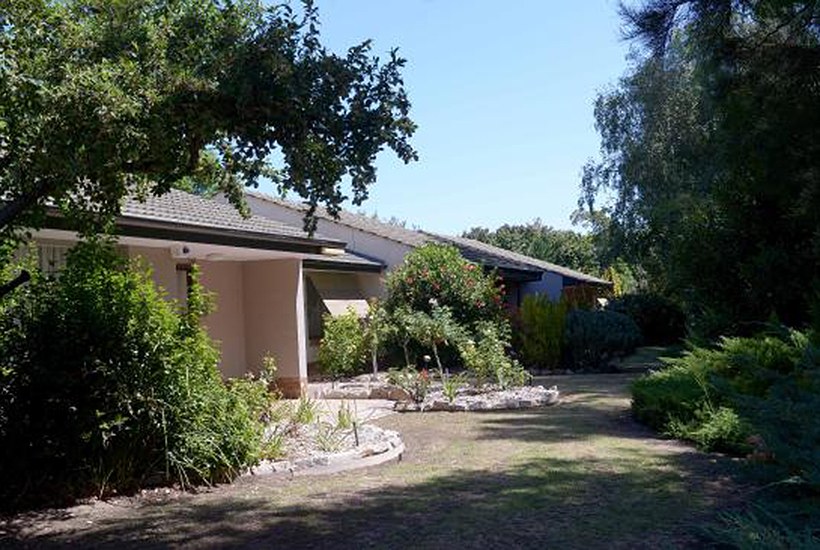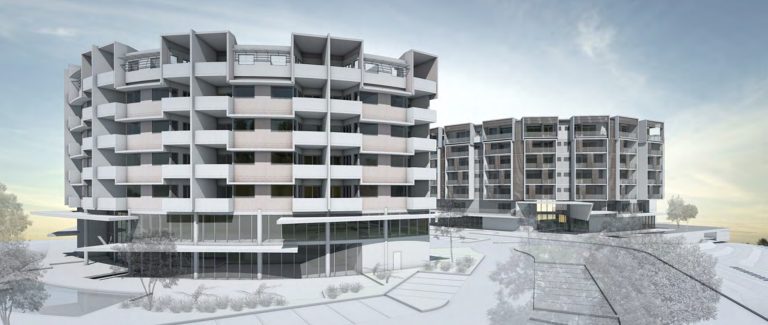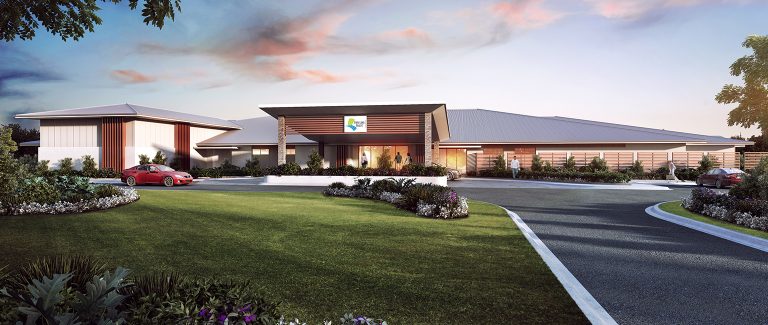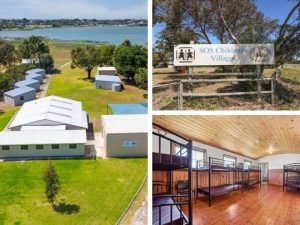Fears as retirement villages near ‘no vacancy’

Retirement villages around the country are near full and will be unable to house the growing wave of older Australians, according to a report from the Property Council of Australia and PwC.
The 65-plus population is forecast to grow by five million over the next 40 years with the PCA calling for changes in state government policy to encourage more new villages to be built and saying that many existing villages were outdated and not suited to older people.
The sector is in focus after a Fairfax/Four Corners report earlier this year which saw a class action launched against listed retirement living operator Aveo.
Commercial Insights: Subscribe to receive the latest news and updates
With retirement villages across Australia at 93%, PCA executive director for retirement living Ben Myers says retirement villages help seniors to live independently and free up capital from the sale of their family home.
“It is clear however that without significant improvements in state planning policy, many seniors won’t be able to access these benefits in coming years — we are facing an imminent capacity crisis,” Myers says.
“Many existing homes just aren’t suitable for our seniors to ‘age in place’; often they are older, contain trip hazards and very difficult to maintain. There must be more housing options for senior Australians, especially in our biggest cities where demand is at its highest, so people can live independently for longer.”

Demand for Australian retirement properties continues to grow.
The group is researching planning barriers to new villages, warning that a lack of supply will push prices up.
The report found retirement villages are often more affordable than the residential market, with the average independent living unit costing 69% of the median house price in the same postcode.
The national average entry price for a two-bedroom unit was $424,000, the report found.
Some two in five villages provided services to residents such as home care, residential care or flexible care.
The report found 80% of units came under the umbrella of for profit operators, and the average age of residents entering villages was 75 years.
More than nine in ten villages provided emergency call systems, the same proportion had a community centre, 76% had visiting health professionals, 84% had organised community outings and activities, 68% allowed pets and 41% had pool and gym facilities.
Some 28% of villages were co-located with or nearby aged care facilities, up from 26% last year.
PwC real estate advisory partner Tony Massaro welcomes the retirement sector’s focus on providing these services for seniors.
“Every city needs vibrancy, diversity, connectivity and inclusion to truly thrive, so it’s exciting to see senior living continuing to evolve to support these needs with a myriad of amenities and care options — from dining to healthcare services to organised social outings,” Massaro says.
“As our population ages and more of us work longer, our cities are going to need to work for senior Australians in ways they never have before.”
The report surveyed operators who own or manage more than 56,000 retirement living units.
This article originally appeared on www.theaustralian.com.au/property.







